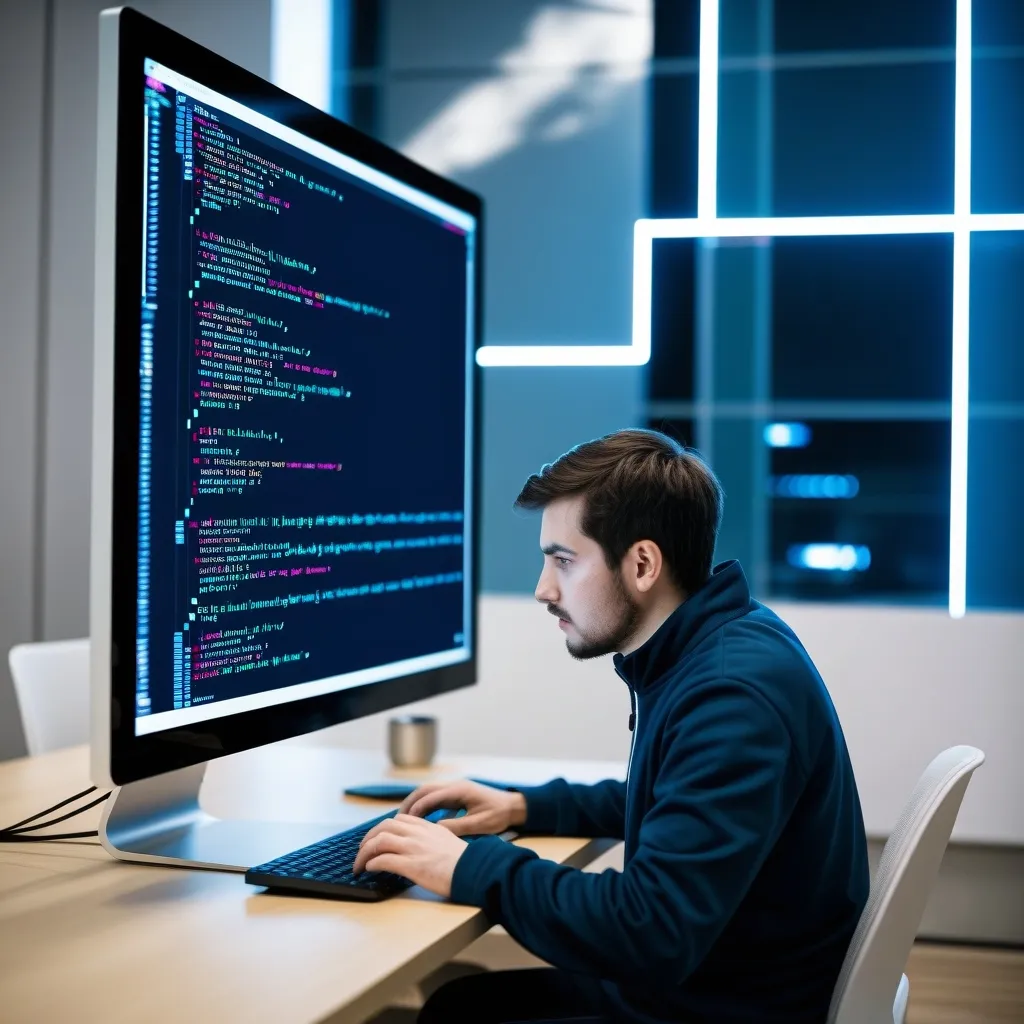Picture this: a programming language that’s been around since the 1960s, still holds its charm, and finds its way into modern embedded systems and industrial automation projects. That’s Forth for you. Created by Charles H. “Chuck” Moore, Forth is a gem treasured by developers for its simplicity, flexibility, and high performance, especially when it comes to minimal hardware.
One of the coolest things about Forth is its interactive development environment. Imagine being able to write, test, and debug code on the fly, all without needing to recompile or restart your program. This real-time interaction is a massive time-saver and perfect for rapid prototyping. It’s like having a chat with your code, where you can instantly see how it responds and tweak it as you go. For environments where time and resources are precious, this immediacy is golden.
Forth is unique because it’s a stack-based language. Instead of the more common infix notation used in languages like C or Java, Forth uses postfix or reverse Polish notation (RPN). This means that the operators come after their operands. So, an expression like (25 * 10 + 50) in a typical language becomes 25 10 * 50 + in Forth. While this might take a bit of getting used to, it simplifies the parsing process and minimizes the need for complex grammar rules.
What makes Forth stand out is how elegantly it handles compact and efficient code. It encourages writing small, simple functions known as “words,” which are then combined to perform more intricate tasks. This modular technique means your code becomes a stack of these tiny words, each contributing to the final output. It’s like building with LEGO bricks; each piece is small and manageable, and together they create something substantial.
Performance in Forth is no slouch either. It can generate highly optimized code that runs smoothly on various microprocessors and microcontrollers, making it a top pick for embedded systems with limited resources. Plus, it’s flexible enough to work across multiple operating systems, be it Windows, DOS, or different Unix variants like macOS.
You might think, “Where exactly is Forth being used?” Well, Forth is a staple in the real-world applications of embedded systems and industrial automation. Its efficiency on minimal hardware and instant development turnaround make it a favorite for custom hardware projects. Think about it this way: when a new microcontroller comes along, Forth can help create a hardware abstraction layer, easing the integration and exploration process for these new devices.
For those new to Forth, its unique syntax and stack-based operations might seem a bit intimidating, but trust me, it’s more accessible than you might think. The language’s minimalistic approach strips away unnecessary complexity, allowing developers to concentrate on solving problems creatively. Many seasoned programmers who start with Forth often find that it enhances their skills in other programming languages as well.
Here’s a simple example to illustrate Forth in action. Suppose you want to set a GPIO pin high. In Forth, you might define a word for each pin like : PA3 PORTA 3 ;. To light the LED on pin A3, you’d simply use PA3 gpio-set. This method is straightforward and relies on the stack for managing port and pin numbers, making the code succinct and efficient.
Of course, Forth does come with its own set of challenges. It lacks type checking, scope, and a separation between data and code, which means developers need to be very diligent when managing the stack and data alignment. This might lead to errors if mishandled, but such flexibility is why many developers love Forth.
Forth’s evolution has been quite a journey, driven mainly by a passionate community of developers rather than big corporations or academic patronage. This grassroots development and collaboration have resulted in a language that’s highly adaptable and attuned to the practical needs of its users.
In summation, Forth is an unassuming yet mighty programming language that thrives on efficiency, compactness, and interactivity. Its stack-based operations, modular design, and performance capabilities make it perfect for the tiny yet powerful world of embedded systems and industrial automation. Learning Forth might require adjusting your mindset and a bit of practice, but the rewards are well worth it. Whether you’re diving into a small embedded project or an intricate industrial system, give Forth a shot. You might just unlock a new level of productivity and creativity in your coding endeavors.






